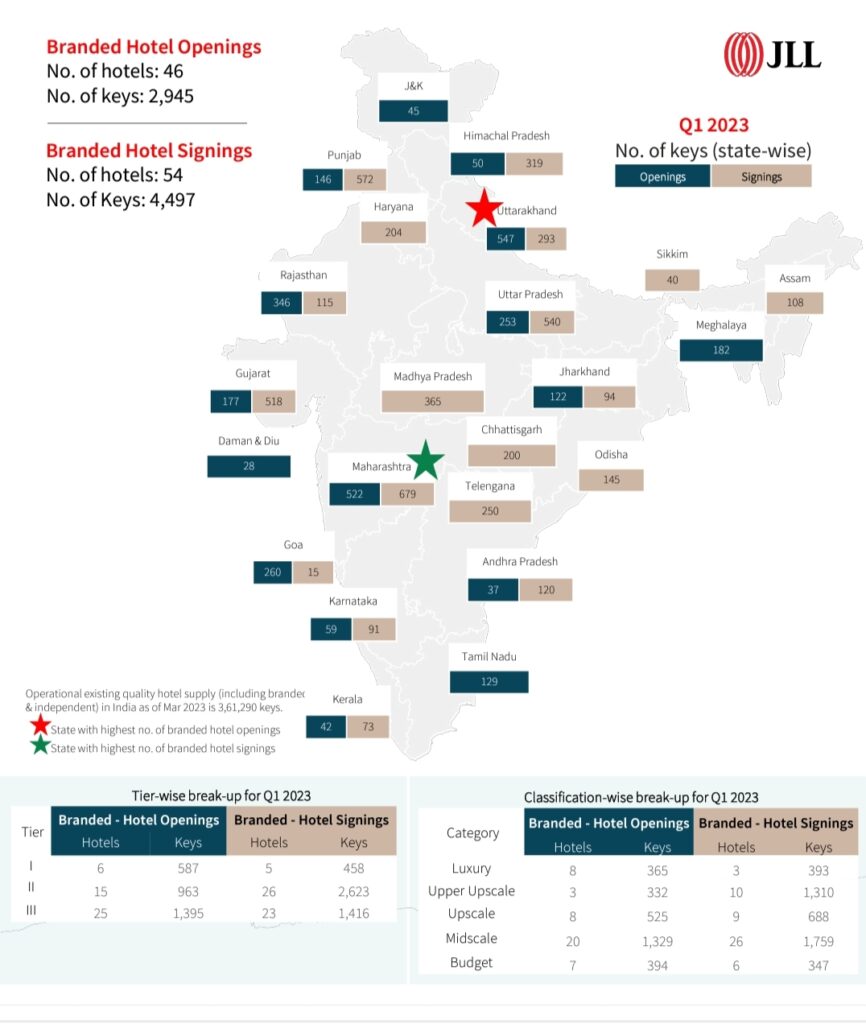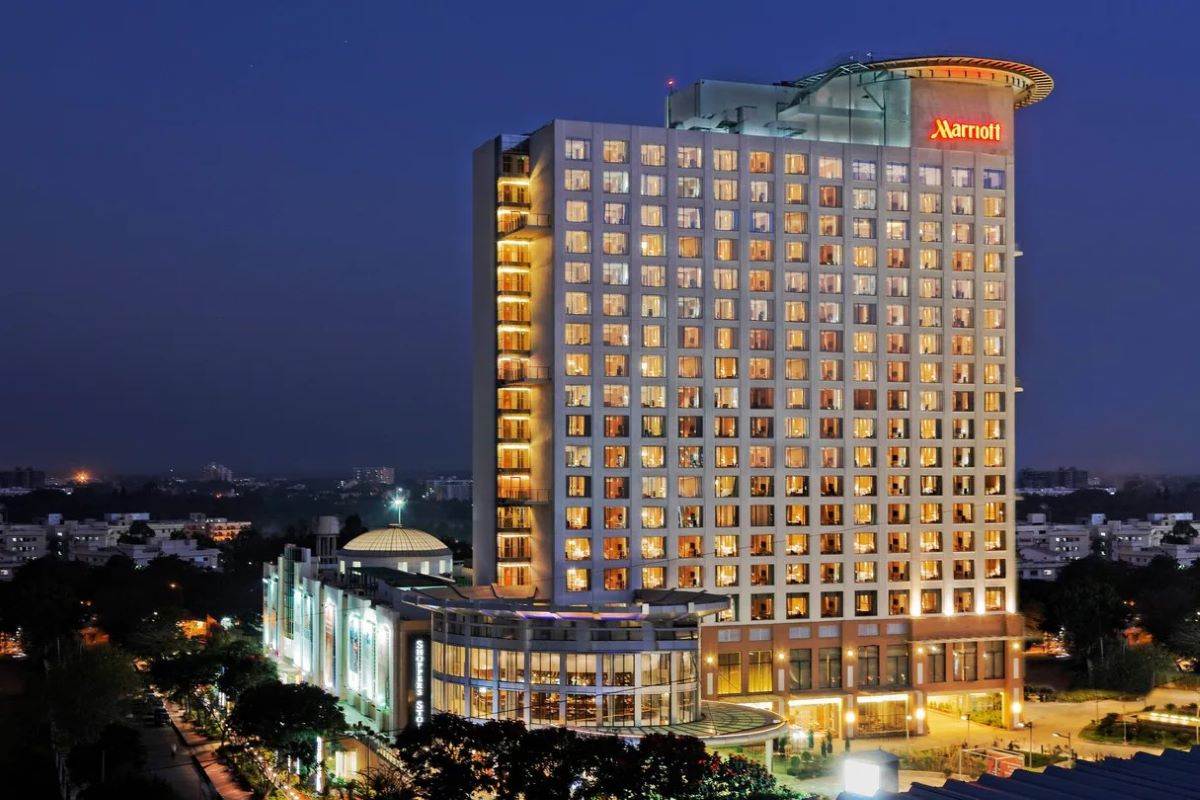Skift Take
The sustenance of domestic leisure travel and higher bookings from meetings, incentives, conferences and exhibitions, coupled with an increase in foreign tourist arrivals, would continue to support revenues in the business travel market.
The Skift India Newsletter is your go-to platform for all news related to travel, tourism, airlines, and hospitality in India.
Editor’s Note: Friday’s tragic train accident in Odisha once again turns the spotlight on the pressing issue of rail safety in the country. This collision, considered one of the worst train accidents in India, resulted in the loss of over 280 lives and left more than 1,000 injured.
Indian Railways has been emphasizing its commitment to enhancing safety standards through the modernization of infrastructure and the Union Budget for this year has reportedly allocated a record-breaking $29 billion for the development of the rail network.
Trains hold a crucial position in India’s transportation system and are vital for the country’s ambitious goal of achieving a $5 trillion economy by 2025. Every day, approximately 23 million people rely on the Indian Railways, which operates the fourth largest train network globally.
Given the enormous role that trains play in India’s socio-economic development, it is imperative to prioritize the implementation of advanced safety measures and investment in modern infrastructure. The indigenously developed automatic train protection system, Kavach, is a step in the right direction, but its implementation must be speeded up.
— Peden Doma Bhutia, Skift Asia Editor
Rebound in Hotel Sector
India’s tech capital Bengaluru has emerged as the leader in revenue per available room — a key hotel performance metric — in the first three months of this year, according to JLL’s updated Hotel Momentum India. Fueled by the return of corporate travel, the city recorded 184 percent growth.
“The growth is largely driven by the opening up of the corporate sector as offices came back to work, coupled with an increase in leasing activity in the city, which has a direct impact on hotel demand,” said Jaideep Dang, managing director of hotels and hospitality group at JLL, adding that the momentum is expected to continue this year.
After Bengaluru, Mumbai and Hyderabad witnessed the highest revenue per available room. Both had growth of about 139 percent. A total number of 54 hotels with 4,497 keys have been signed during the quarter in the country, the report stated. A total of 10 hotels were converted into branded hotels, constituting 19 percent of the inventory signed in the first quarter. Last month, real estate consulting firm CBRE South Asia’s report revealed that investments in India’s hospitality industry are likely to surpass $2.3 billion over the next two to five years, with the addition of approximately 12,000 hotel rooms in 2023 alone.

International Expansion on the Cards for Indigo
IndiGo has plans to grow its international operations. As part of its codeshare agreement with Turkish Airlines, the low-cost carrier is also working on getting approval to fly to some destinations in the U.S., Indigo CEO Pieter Elbers said during a recent interview with Skift Asia Editor Peden Doma Bhutia. Elbers also said that the carrier is looking at an enhanced loyalty program for fliers. “Around 10 years ago, the Indian market was probably less ready for a loyalty system, but today it’s definitely ready and that has made us review our position,” Elbers said.
Sterling Resorts Unveils Hillside Retreat
Thomas Cook India’s hospitality arm, Sterling Holiday Resorts has announced the launch of a 24-room Sterling Panchgani in the western state of Maharashtra between the twin hill stations of Panchgani and Mahabaleshwar. The company recently recorded its highest earnings before interest, taxes, depreciation, and amortization of $141.7 million for the financial year 2023, which is a 6x multiple over the pre-pandemic year of financial year 2020 and a growth of 23 percent year-on-year over the financial year 2022. Last month, the brand also launched a 26-room Sterling Legacy Shimla in the north Indian state of Himachal Pradesh.
Demand For Bigger Planes
American multinational company General Electric’s aviation arm, already expecting to benefit from a boom in Indian domestic air travel, sees an even bigger boost from a surge in international travel that will drive demand for larger jets, its country head said. “There’s clearly a need for more widebody aircraft,” Vikram Rai, GE Aerospace’s country head for India and Indonesia told Reuters, adding it would be “the next path of growth.” Indian airlines have just 50 widebody planes deployed for long-haul travel, something GE sees changing as more Indians splurge on travel. GE Aerospace and partner Safran’s engines power about 60 percent of India’s over 700 commercial planes, according to data from aviation analytics company Cirium. But most of them are narrowbody jets, which largely cater to domestic travel.
Mumbai-London Direct Now on Vistara
Vistara, a joint venture of Tata Sons and Singapore Airlines, has inaugurated its direct five weekly flights between India’s financial capital Mumbai and London. The airline has deployed India’s only Boeing 787-9 Dreamliner aircraft on the route. The inaugural flight departed from Mumbai at 14:35 hours (Indian Standard Time) and is scheduled to arrive at London Heathrow airport at 19:55 hours (British Summer Time). In March, Tata Group-owned Air India also launched non-stop flights to London Gatwick airport from the north Indian city of Amritsar and the west Indian city of Ahmedabad.
Guidelines on Rapid Deplaning
Indian aviation regulator Directorate General of Civil Aviation has asked all airline operators to lay down communication procedures for rapid disembarkation as part of their operations, safety and emergency procedures manual. A circular has been issued to all airlines that specifically mentioned that emergency exits and slides are not to be used in rapid disembarkation unless the crew members decide that this has become necessary. The circular further said that in the event of an emergency in an airplane, when on the ground, the pilot in command is responsible for the safety of passengers on board. In another development, the regulator recently simplified the process for the grant of heliport license.
Air India Looks to Restore U.S. Connections
With the crew shortage situation easing progressively, Tata Group-owned Air India is set to reinstate three more weekly flights to the U.S. this month. In March, the airline temporarily suspended six weekly flights to the U.S. — three each to San Francisco and Newark — due to crew shortage in long-haul wide-body operations. “We had suspended six of the 47 weekly flights to the U.S. We have reinstated three of those and the other three will be reinstated by the end of June,” said Air India CEO and Managing Director Campbell Wilson. Currently, Air India operates 44 flights to the U.S. on a weekly basis, flying to San Francisco, New York, Newark, Washington and Chicago. The airline is hiring 550 cabin crew members and 50 pilots every month to support its fleet expansion plans.
Skift India Report
The Skift India Report is your go-to newsletter for all news related to travel, tourism, airlines, and hospitality in India.
Have a confidential tip for Skift? Get in touch
Tags: air india, bengaluru, dgca, india, indigo, jll, London Heathrow, revpar, san francisco, skift india report, thomas cook, vistara
Photo credit: Bengaluru's RevPAR growth is largely driven by corporate travel. Source: Bengaluru Marriott Hotel Whitefield https://www.marriott.com/en-us/hotels/blrwf-bengaluru-marriott-hotel-whitefield/photos/ Bengaluru Marriott Hotel Whitefield / Hotel View
